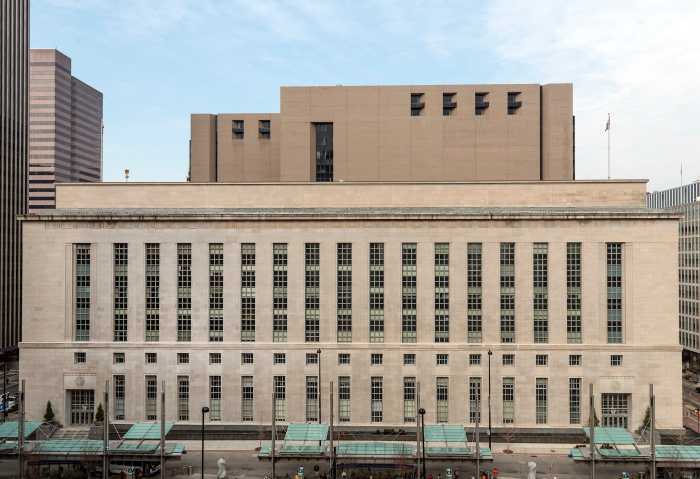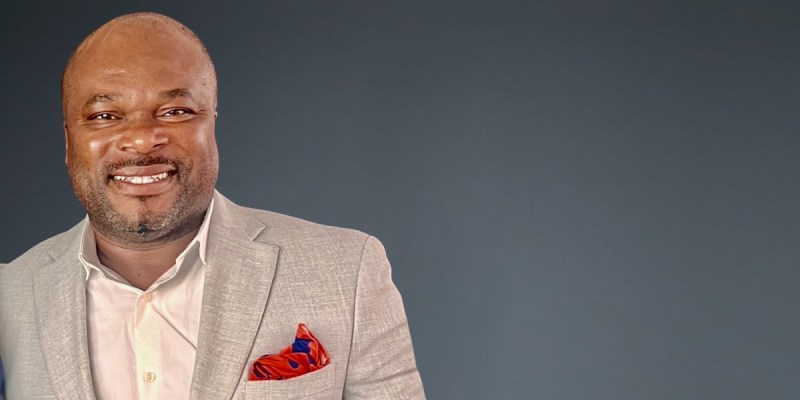Its official: New York City is still part of the Olympic race. On Tuesday, New York joined Paris, London, Madrid and Rio de Janeiro on the International Olympic Committees (IOC) final five list, kicking off a 14-month race that will culminate with the selection of the host city in July of next year.
Mayor Michael Bloomberg and Governor George Pataki were in Bryant Park as IOC President Jacque Rogge announced the unanimous decision that knocked Havana, Istanbul, Turkey, Leipzig and Moscow out of the running.
"Today New York City moves one step closer toward realizing our Olympic dreams," said Pataki. "Thanks to the efforts of NYC2012 and a tremendous city-state partnership, New York City has landed on the International Olympic Committees list of candidate cities. Over this next year, we will show the world that we have what it takes to host the 2012 Olympic Games."
The next question is: What happens now? The IOC timetable requires that candidate cities submit their Bid Books detailing their plans for the 2012 Olympic games by November of this year. During February and March of 2005, the IOC evaluation commission will visit the candidate cities and on July 6 of that year, the IOC will announce the host city.
"Deputy Mayor Dan Doctoroff, NYC2012 Executive Director Jay Kriegel and their staff have put together an immensely compelling bid that is worthy of the competition, and one that would leave a lasting legacy on our great city," Bloomberg said. "Of course, getting the Olympics is a citywide effort. It will take the combined work of practically all New Yorkers as the selection process goes forward."
That effort includes the NYC2012s innovative Olympic X, a network of transportation axes, one of which runs along the Harlem and East Rivers from the Bronx to Staten Island. The other, the east-west axis, traverses the city from Queens to the Meadowlands in New Jersey. The plan calls for 12 new rail trains, 52 ferries and the extension of the No. 7 subway line to connect the proposed Olympic Village in northwest Queens with the planned stadium on Manhattans West Side. At the heart of the X lies the backbone of the NYC2012 Bid Book, the Olympic Village, which would house 16,000 athletes and coaches (placing them at the center of the event); following the event, it would provide residential housing for up to 18,000 people. The final design for the village will be unveiled on May 27.
For New York, the only major world metropolis never to host the games, being the site of the 2012 Olympics would mean $1.3 billion in revenue and $3.2 billion in investments. The City and State of New York have already promised a $250 million bid for the games that will go largely to infrastructure improvements and Deputy Mayor Daniel Doctoroff insists that the once-in-a-lifetime event would generate thousands of jobs.
While most New Yorkers and many people throughout the world are pleased that the city has cleared yet another hurdle in the Olympic race, there are naysayers. Not only does the New York bid have to contend with anti-American sentiment, but also the geographical disadvantage of Canada hosting the 2010 Olympics. The IOC is typically hesitant about placing consecutive games on the same continent. Another hurdle that the NYC2012 committee needs to overcome is the perception that hosting the international games will cause a level of transit congestion that will draw terrorists.
Members of NYC2012, on the other hand, believe that New York will be home to the "mass transit" Olympics, stating in their initial proposal that "Olympians will reach their competitions swiftly, securely and reliably, without worrying about traffic."
Whatever the outcome, New York City has celebrities like actor Billy Crystal (who is a board member of NYC2012), Olympic gold medalist Janet Evans and filmmaker Spike Lee on its side. As its residents hail from all over the world, New York is touting itself as an eventual second home for athletes, coaches and spectators, ready to host the world.





























